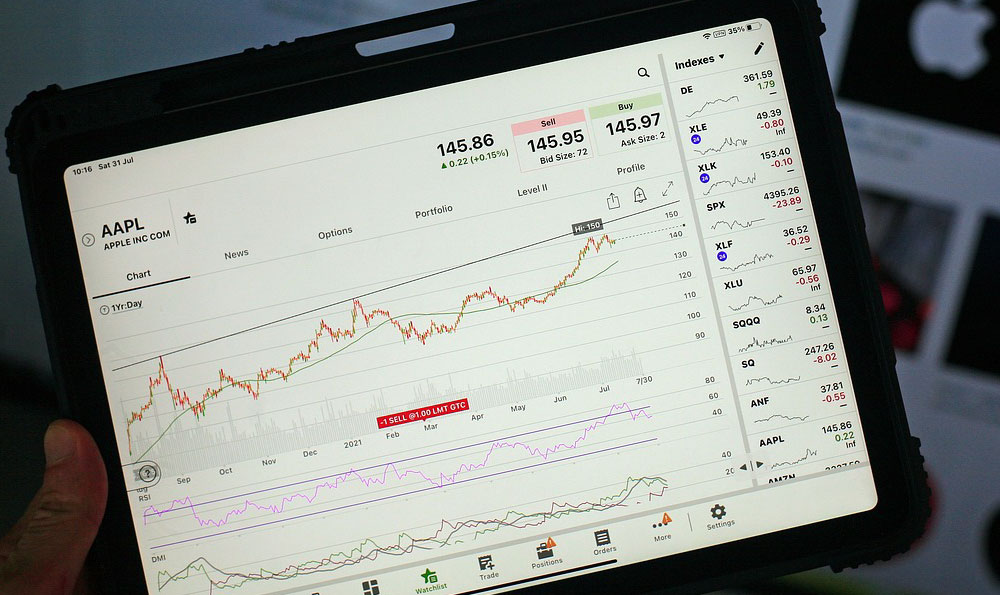Selling on eBay: A Viable Option? How to Profit?

Here's an article exploring the viability and profitability of selling on eBay:
Is eBay still a relevant platform for making money in today's diverse e-commerce landscape? The answer is a resounding yes, albeit with certain caveats. While the platform has evolved significantly since its early days as an online auction house, eBay remains a powerful marketplace with a massive global audience and a diverse range of product categories. Whether you're looking to declutter your home, build a side hustle, or establish a full-fledged online business, eBay can be a viable option, but success hinges on understanding its dynamics and implementing a well-defined strategy.
One of eBay's enduring strengths is its established infrastructure. It boasts a vast user base, sophisticated search algorithms, and integrated payment processing systems. This eliminates the technical hurdles often associated with setting up your own e-commerce website, allowing you to focus on sourcing products, crafting compelling listings, and providing excellent customer service. The platform's feedback system also fosters trust and accountability, encouraging both buyers and sellers to maintain a positive reputation.

However, the competitive landscape on eBay is fierce. Millions of sellers vie for the attention of potential customers, making it crucial to differentiate yourself. A generic approach will likely result in your listings getting lost in the shuffle. To stand out, you need to identify a niche market, offer unique or hard-to-find products, and consistently optimize your listings for search.
Finding the right product to sell is paramount. While you can certainly make money selling common items, the margins are often slim due to intense competition. Consider exploring niche categories where demand exceeds supply, or focusing on products that cater to specific interests or hobbies. Researching trending items, analyzing competitor pricing, and understanding customer needs are all essential steps in identifying profitable product opportunities.
Sourcing products strategically is equally important. Many successful eBay sellers utilize wholesale suppliers, liquidation sales, or even thrift stores to acquire inventory at competitive prices. Others specialize in dropshipping, where they partner with suppliers who handle the fulfillment process directly, eliminating the need to hold inventory. Each sourcing method has its own pros and cons, so carefully evaluate your resources and risk tolerance before committing to a particular strategy.
Crafting compelling listings is an art form in itself. Your listing title and description are your primary tools for attracting potential buyers. Use relevant keywords that customers are likely to search for, and highlight the key features and benefits of your product. High-quality photographs are essential for showcasing your product and instilling confidence in buyers. Consider using multiple images from different angles, and be sure to accurately represent the condition of the item.
Pricing your products effectively is a delicate balancing act. You need to set a price that is competitive enough to attract buyers, while still allowing you to generate a profit. Research competitor pricing, factor in your sourcing costs and eBay fees, and consider offering discounts or promotions to incentivize sales. Remember that eBay allows both fixed-price listings and auctions, so experiment with different pricing strategies to see what works best for your product.
Providing excellent customer service is critical for building a positive reputation and fostering repeat business. Respond promptly to customer inquiries, address any concerns or complaints professionally, and strive to exceed customer expectations. A positive feedback rating is a valuable asset on eBay, and it can significantly impact your sales volume.
Managing your eBay business efficiently requires careful attention to detail. Track your inventory levels, monitor your sales performance, and analyze your profit margins. Utilize eBay's built-in analytics tools to identify areas for improvement, and continuously optimize your listings based on customer feedback and market trends.
Furthermore, understanding eBay's fees and policies is crucial for avoiding unexpected costs and penalties. Familiarize yourself with the various listing fees, final value fees, and payment processing fees, and be sure to comply with eBay's rules and regulations regarding prohibited items, intellectual property rights, and seller performance standards. Regularly updating your knowledge about eBay's evolving policies will help you maintain a successful and compliant business.
Finally, consider eBay’s managed payments system. While initially met with some resistance, it centralizes payment processing through eBay, offering potentially lower fees and a more streamlined experience. Understanding how this system works and optimizing your listings for it is essential.
In conclusion, selling on eBay can be a viable and profitable option for individuals and businesses of all sizes. However, success requires a strategic approach, a commitment to providing excellent customer service, and a willingness to adapt to the ever-changing e-commerce landscape. By identifying a niche market, sourcing products strategically, crafting compelling listings, pricing effectively, and managing your business efficiently, you can unlock the potential of eBay and build a thriving online venture. It's not a get-rich-quick scheme, but with dedication and a smart approach, eBay can be a significant source of income.















